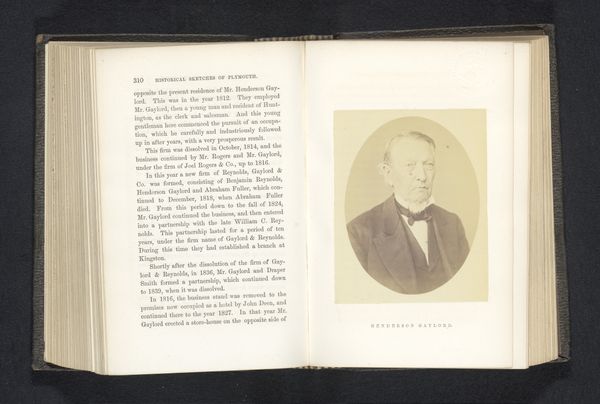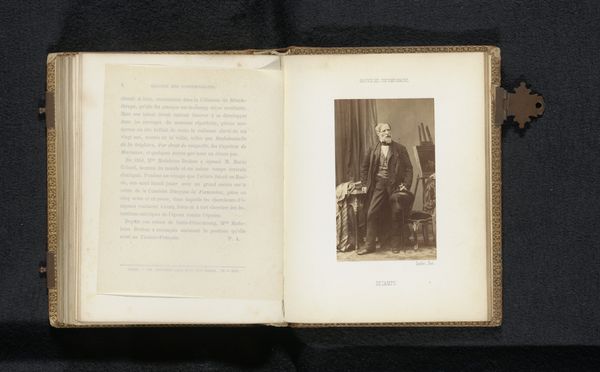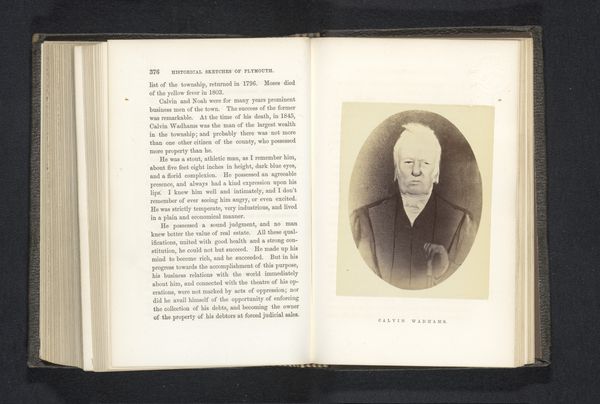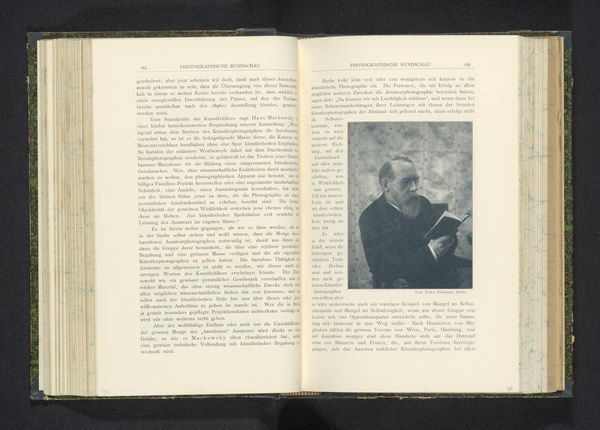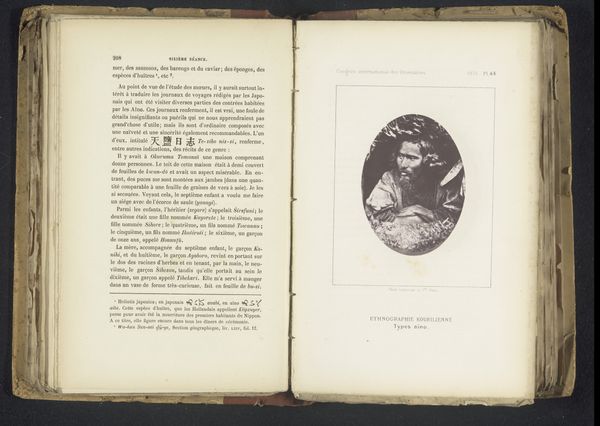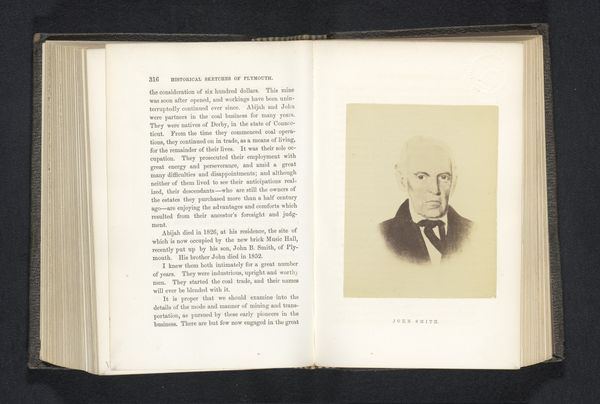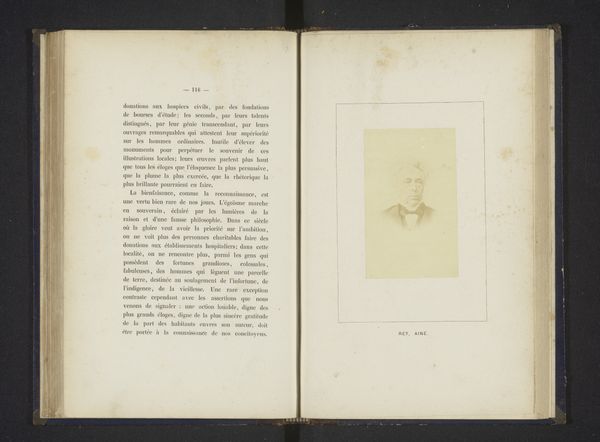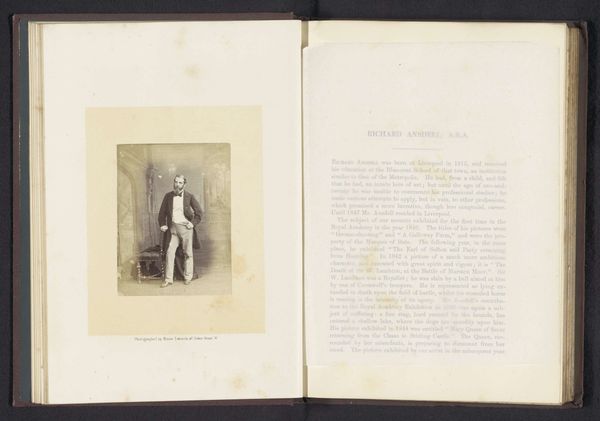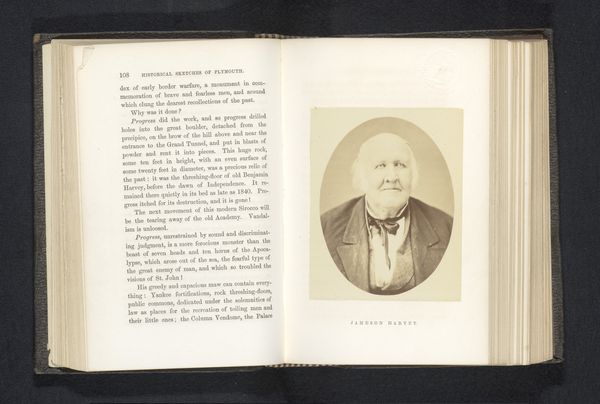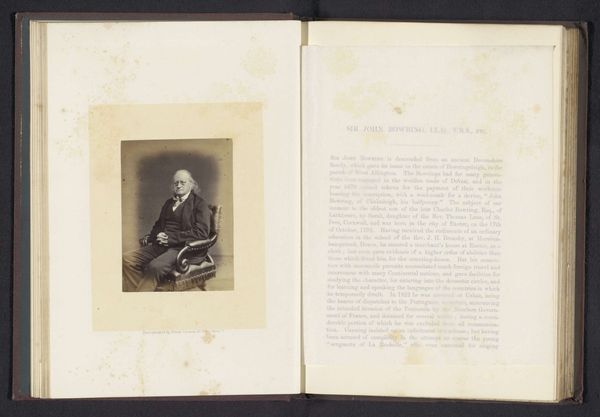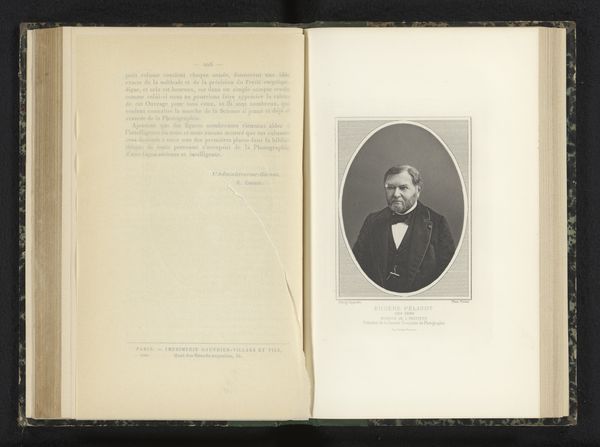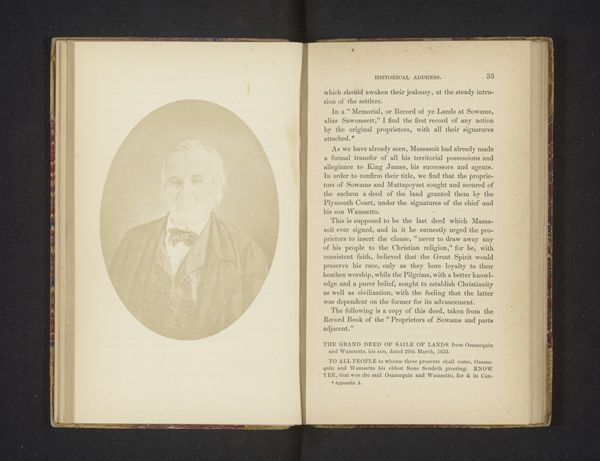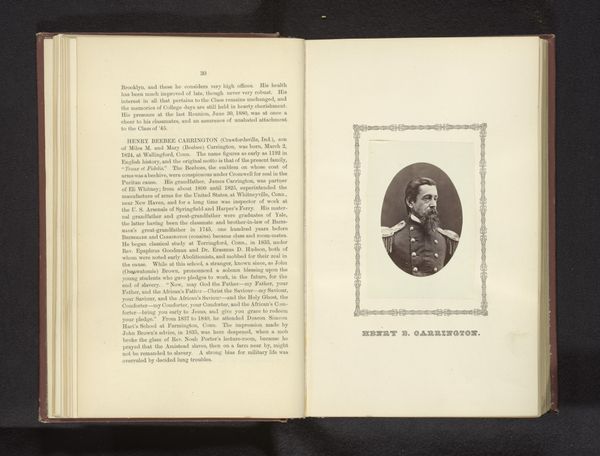
print, photography, gelatin-silver-print
#
portrait
# print
#
photography
#
gelatin-silver-print
#
history-painting
#
realism
Dimensions: height 110 mm, width 87 mm
Copyright: Rijks Museum: Open Domain
Editor: I'm immediately drawn to the intensity of the gaze in this portrait. There's something quite unsettling, yet compelling about it. Almost like looking at a faded memory. Curator: Indeed. What you are observing is a photo reproduction of Colonel George P. Ransom. It's estimated to date from before 1873 and the original medium is gelatin silver print. The subject was extracted and embedded in a book of Plymouth historical sketches. Editor: Gelatin silver print—that's key. That process often yields this beautiful, almost ethereal quality, but here it amplifies the subject's…directness. Was it common to reproduce photographic portraits within printed books at this time? Curator: Absolutely. The integration of photography into publications became more prevalent, enabling wider distribution of likenesses and playing a role in shaping collective memory and civic identity through portraiture. Editor: I notice his clothing. That subtly patterned vest hints at a certain social standing, doesn't it? It’s a very deliberate presentation. But juxtapose that with the severity in his eyes—a real dichotomy. Curator: Yes, costume plays an important role. These portrait sittings became rituals of identity formation where people, like Ransom, consciously sought to project particular messages about their place in society. Editor: It really speaks to the power of the individual, and how even in an early photographic medium, one could control, or at least curate, their own image for posterity. It's almost a frozen performance of self. Curator: Precisely, and his inclusion in a book documenting Plymouth’s history is indicative of Ransom’s significance within that community. This photograph operates not just as a likeness, but as a marker of civic contribution, and something tangible to root readers and local inhabitants to narratives of place, power, and people of that time. Editor: It's remarkable how much can be conveyed through a single reproduced image. It invites us to wonder about the stories behind the face, and consider the weight of history, quite literally held between the pages of that book. Curator: Indeed. A powerful encapsulation of personal and public history bound together.
Comments
No comments
Be the first to comment and join the conversation on the ultimate creative platform.
